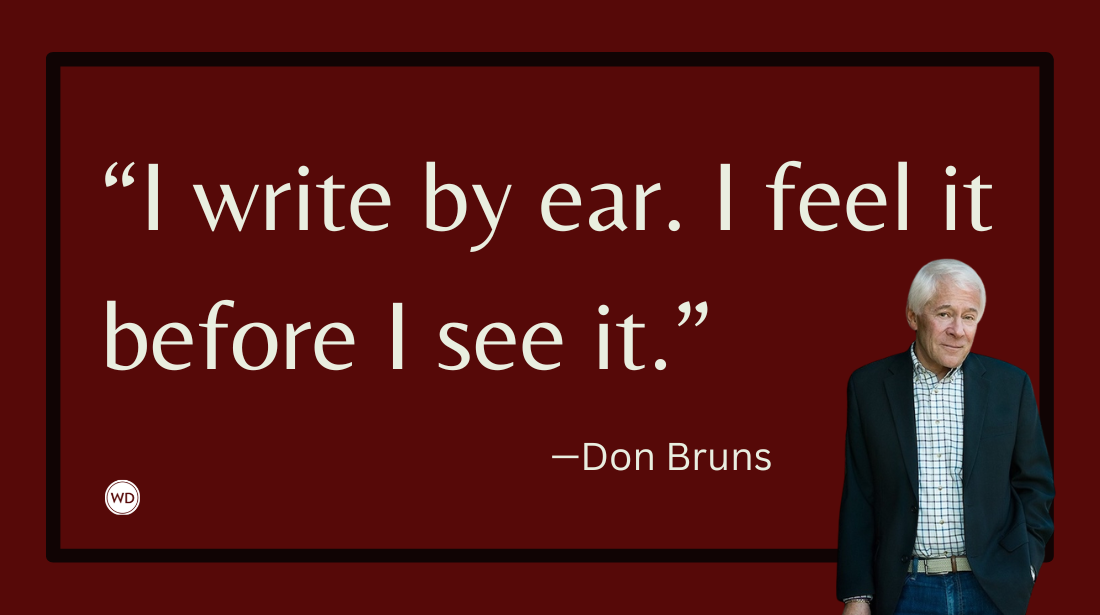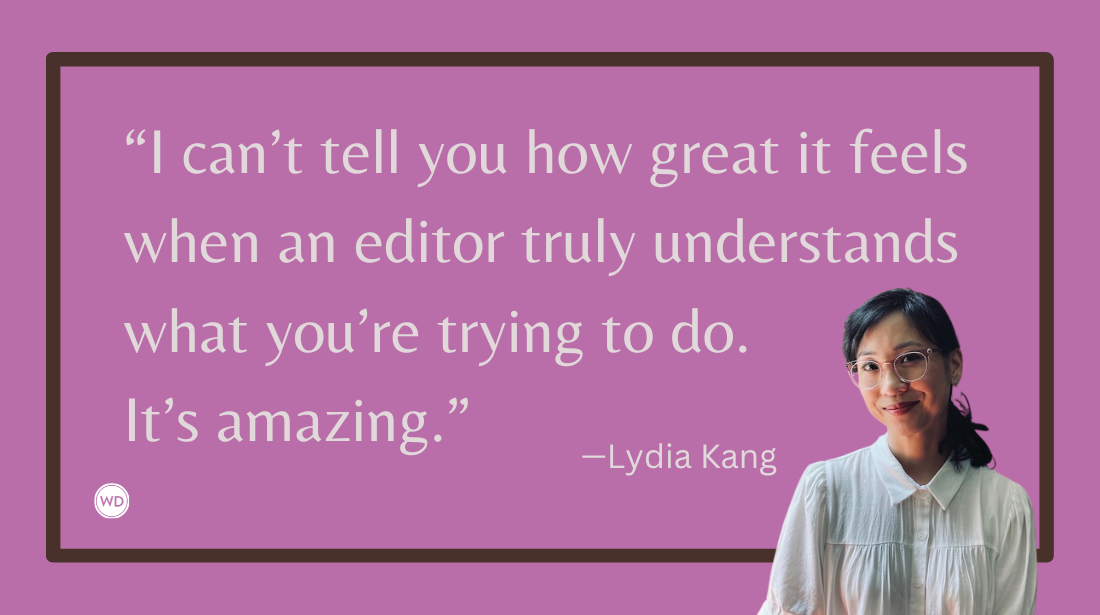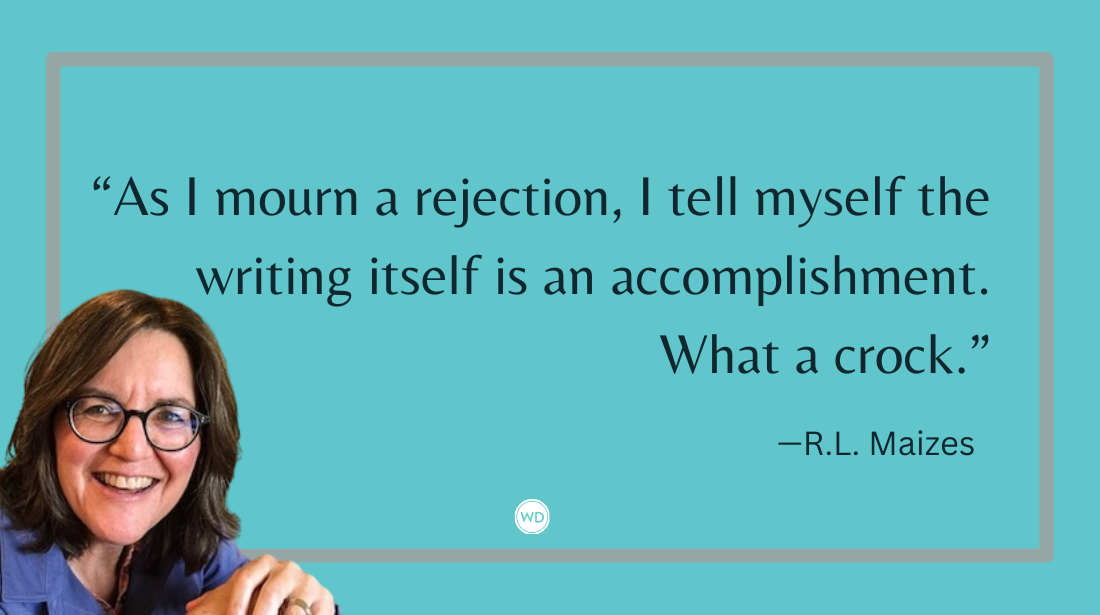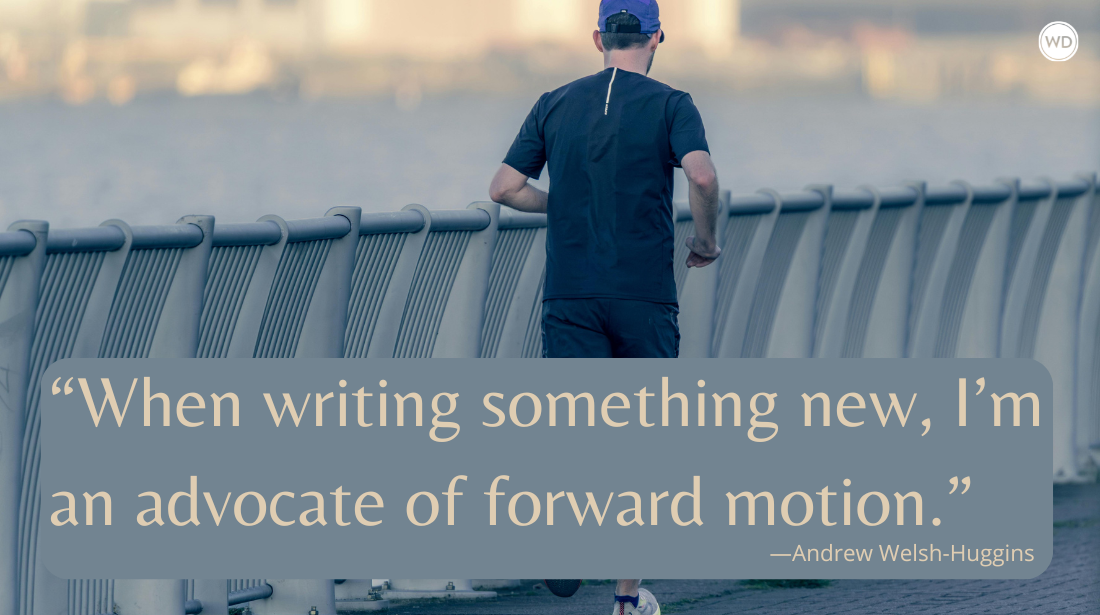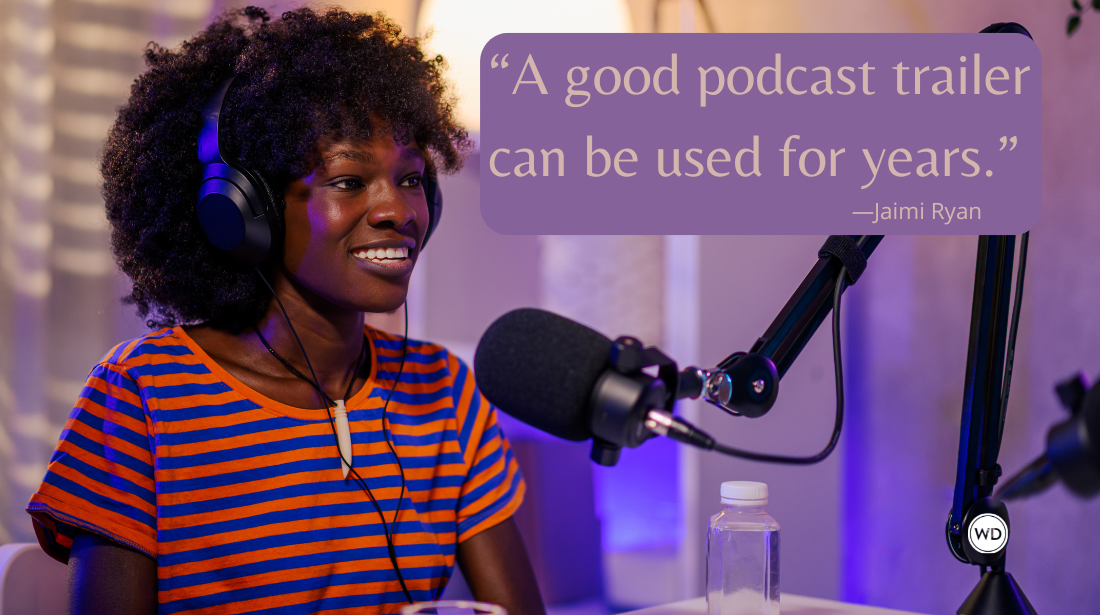The Top 10 Elements of a Book People Want to Read
Highly readable books are polished, refined, sophisticated, and mature on all three levels. To fulfill the potential of your book, develop and sharpen the following top ten elements.
So you’ve got a great idea and you want to write a book. Go for it, I say, because these days, anyone can publish a book. Self-publishing empowers the writer in all of us. Nonetheless, quality still matters. Why? Because we don't just want to publish, we want to publish successfully; we want to publish books people want to read. And that takes more than a good idea. That takes craft.
Aim for High Readability
People enjoy books with a high level of readability—books with a captivating story and memorable characters, books we can’t put down, books that stick with us long after we’ve read the last word.
As an independent editor, I’ve come across my fair share of readable books, and all of them are well crafted on three distinct but intricately connected levels.
- The surface structure of the words on the page, which includes grammar, punctuation, and spelling
- The level of style and voice, which is defined by the choice of words, the sentence rhythm, the use of literary techniques and images, and the tone or approach
- The content level, where the fictional world comes to life.
Highly readable books are polished, refined, sophisticated, and mature on all three levels. To fulfill the potential of your book, develop and sharpen the following top ten elements.
1. Your Words Are Your tools; Make Sure They Are in Working Order.
Avoid typos, sort out commonly mistaken words such as die/dye or there/their/they’re. Watch your grammar—make sure your nouns agree with your verbs and the personal pronouns fit. If a paragraph begins in the past tense, it likely ought to end in the past tense, too. Figure out where those commas go to help your readers make sense of your sentences. Sounds basic? It is. So run that spell-check and get it right.
2. Check for Inconsistencies.
Writers revise their work constantly. As a result, characters may appear or disappear at random, because chapters were rearranged; subplots remain unresolved, because chapters were cut; and timeline issues may tiptoe in. Looking for inconsistencies and holes in your story is an integral part of polishing your work.
3. Avoid Overwriting.
Your style or voice should step into the background to serve your story. No need for a clever metaphor in every sentence, or for an adjective before every noun. Avoid complicated sentences if a simple sentence will get your point across. Avoid inflated sentences and unnecessary introductory or summarizing phrases. Don't be verbose—every sentence has a point; get to it.
4. Avoid Underwriting.
Allow your language to adapt to its context. Using the same words and/or sentence structures repeatedly makes a novel repetitive and monotonous. If the teenage girl and the CEO of a multibillion dollar company have the same voice, we’ll learn more about the writer than about the characters and their relationships. Avoid clichés and create your own personal images instead. Or use clichés and stereotypes to your advantage—say, to define a character.
5. Make Sure Your Characters Are More Than a Name.
As a reader, I want to be able to relate to your characters. I don't have to always like them or agree with their choices, but I want to understand why they say and do whatever it is they say and do. I want to care for them, fear and worry with them. Therefore, your characters need to be recognizable and unique at the same time. They need to be complex rather than cardboard cutouts, and dynamic rather than passive. Even a bad guy deserves a redeeming quality.
6. Show, Don't Tell.
“He was anxious.” Or: “She was happy.” Or: “They were angry.” That’s telling. Trouble is, this does not really tell me what I am to imagine. Is he chewing his nails? Is she smiling as she embraces her newborn baby? Are they raising their voices to a level that could be heard down the block? That’s showing, and it conjures up a clear image in your reader’s head. And that’s what you want.
7. Sharpen that Dialogue…
Dialogue passes on information between characters and to the reader. Dialogue propels the plot forward. And, dialogue reveals the personality of the dialogue partners, as well as their relationship. Avoid repeating small talk, too much clever banter, and uninterrupted speeches. At least two people should exchange information, ask questions, answer them, comment, fight, tease… whatever. The way your characters interact with each other says a whole lot about them and about their relationship.
8. …And Expose that Subtext.
People don’t necessarily say what they mean or mean what they say. Every conversation has a subtext. Dialogue is not only about what is being said, but also about how the dialogue partners feel about and relate to each other. Do they like each other? Who has the upper hand? Do they trust each other? Show us in their gestures, glances, body language, and behavior while they’re talking. Is anyone leaning in or moving away? Anyone nervously fidgeting with a pen? Anyone looking out the window because he is bored or to the floor because she is ashamed? The narrative must support the dialogue by exposing the underlying tension, conflict, and motivation of your characters.
9. Drive the Plot Towards Your Reader’s Aha-Moment.
A readable novel provides meaning to the world we live in, which is to say that the succession of events must make sense. Your characters react to these events in ways that are motivated by their psychological disposition. The interplay of events and character behavior moves your plot forward. The writer’s hand should remain invisible. Therefore, prepare your plot twists within the novel before they happen, and give your characters a reason for their behavior. These clues should not be so obvious that we can predict the way your story goes, but in retrospect, once the plot has twisted a certain way, your preparation must become clear. It’s your readers’ aha-moment, if you will.
10. Build Your World.
Stories don't happen in a vacuum. Your story could happen in China in the distant past, in present day America, or in the future on a planet you imagined. Your readers need to know how your world compares to theirs. This is world building, which involves establishing a clear timeline, a recognizable locale of your overall story, and, just as importantly, the ambiance of any given scene.
As a writer, you must create a world populated with characters who live their lives before our eyes, and you must do so with words only. There is no camera to show us that the police car drives off with lights flashing, no sound to give us the sirens, and no actors to make a comment sound bored or sexy or irritated or funny or scared. Your words and their rhythm build your world and make it turn.
Your words are your tools; make sure they are in working order.
Also check out Helga’s Writers Digest online tutorial: Top Ten Errors Writers Make
(and look for her future online tutorials on How to Create Compelling Characters,
The Interplay of Dialogue and Narrative, and How to Engage and Involve Your Readers).
Helga Schier, PhD is a former Big Five editor and founder of withpenandpaper.com, an independent editorial services firm. With over 20 years of experience in the (self-)publishing industry, Helga guides authors through the development and revision process. Handling a manuscript like a diamond in the rough, Helga’s editorial work focuses on the refinement of story, character, and stylistic issues, helping writers unlock the potential of their manuscripts. She works with published, self-published, and not-yet-published writers of fiction and nonfiction. Helga has published essayistic works on contemporary English and American fiction, and has translated several screenplays, memoirs, and a novel series. She lives in Los Angeles with her husband and two children.




